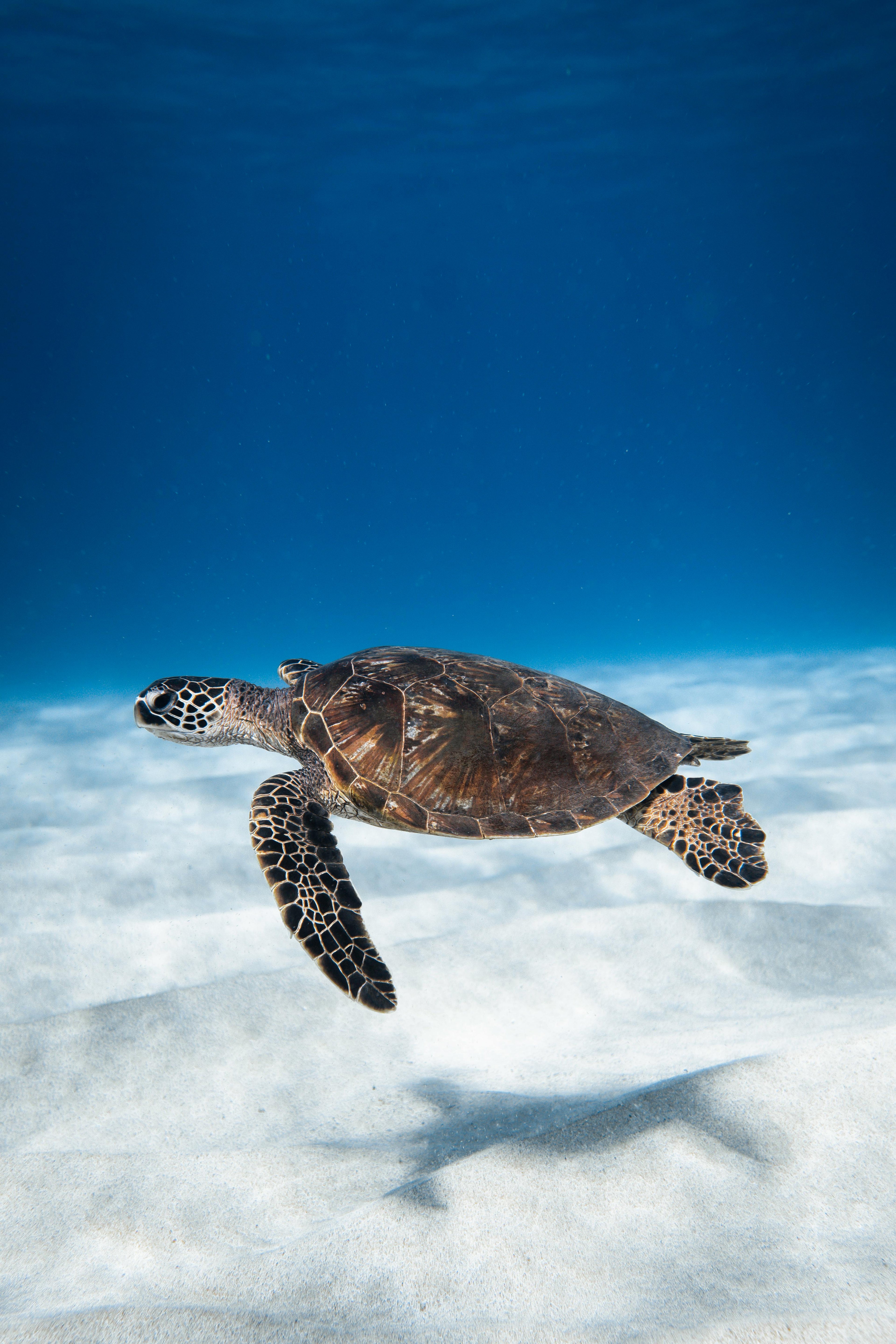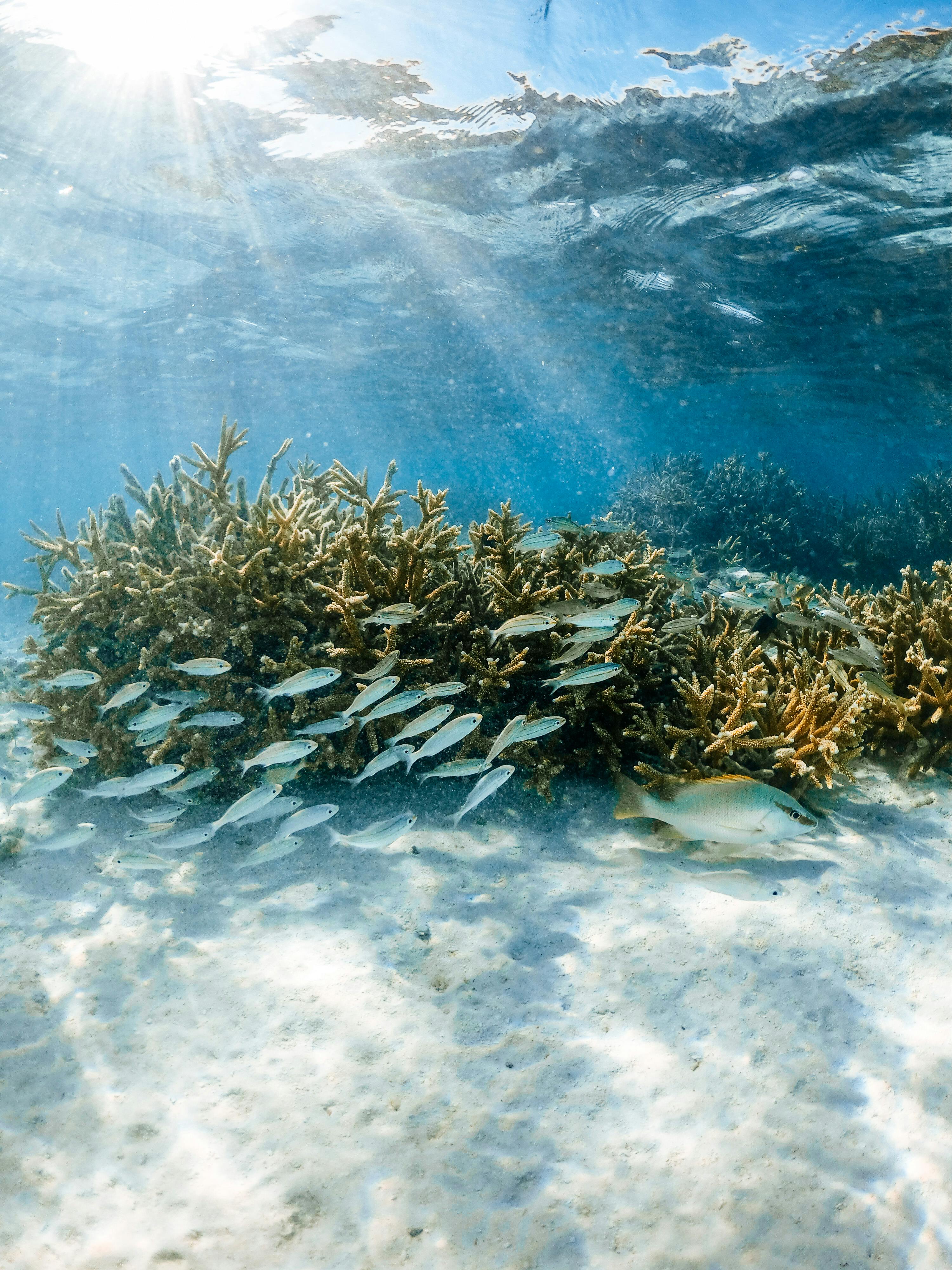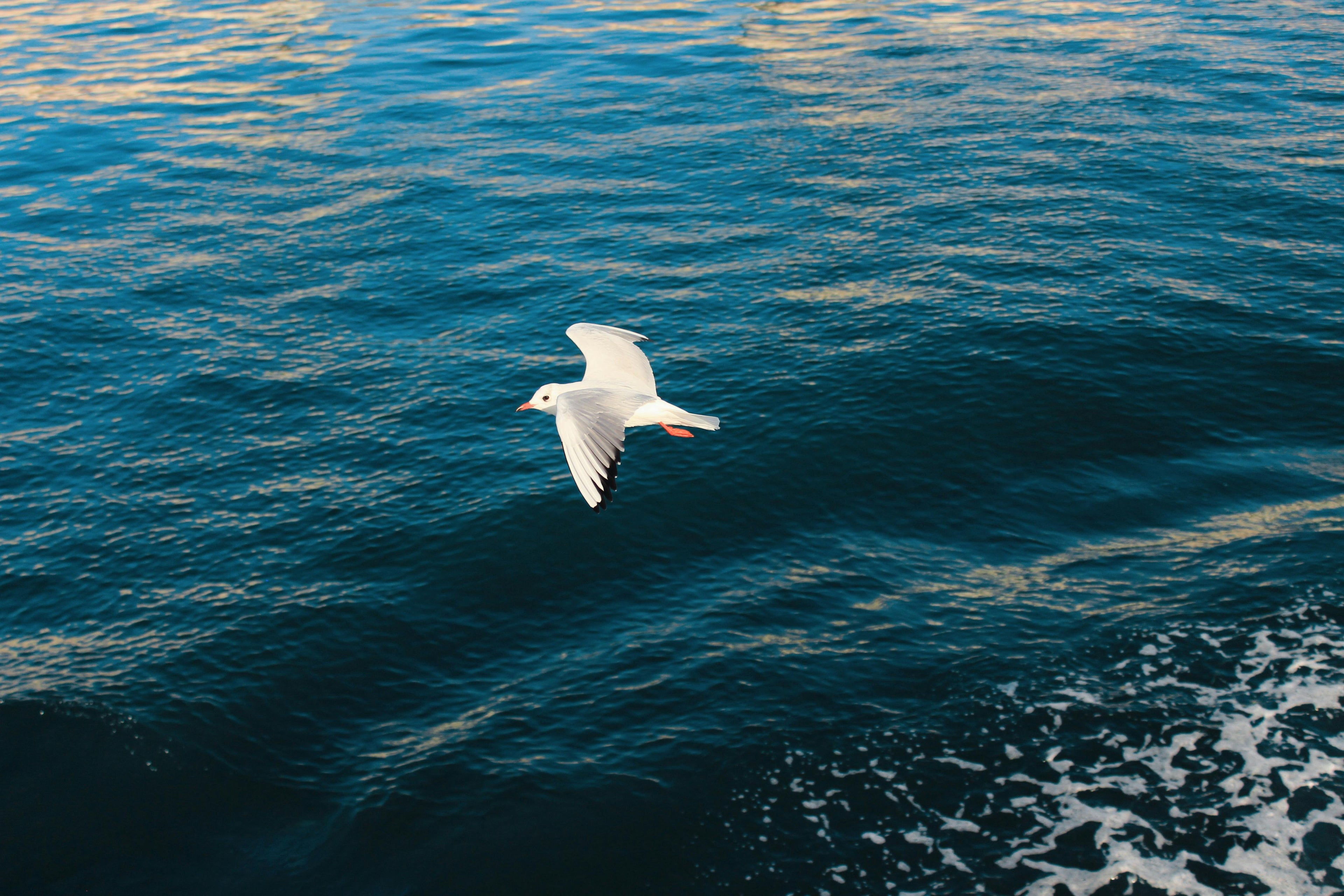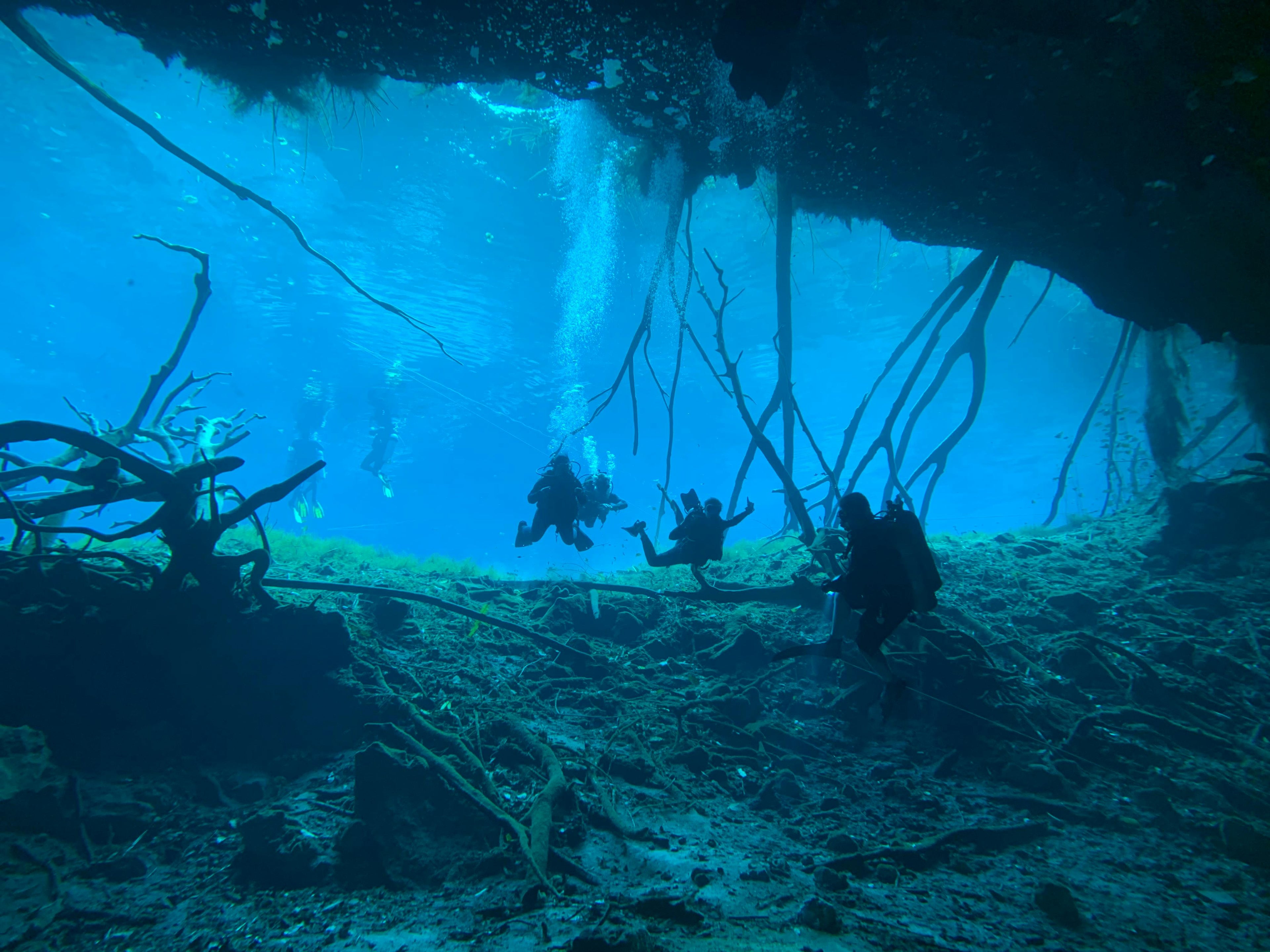

Choice and differences of harpoon heads
The choice of harpoon should not only be based on the hunting target and field environment, but also need to be adjusted according to the time of use (day or night). Here's an in-depth breakdown of the fish categories, including differences in daytime and nighttime usage:
1. Differences in harpoon head categories
Harpoon designs are mainly divided into several different types. The endpoint types have different uses. Choosing the appropriate type can improve hunting efficiency.
( 1 ) Single-prong harpoon ( Single-Prong )
- Design and features :
- Single fork design, usually with a sharp tip, for higher precision.
- Ideal for large fish or single targets that require precise stabbing.
- More convenient and flexible in operation, suitable for capturing at close range.
( 2 ) Double-prong harpoon ( Double-Prong )
- Design and features :
- Two prongs provide greater stability and greater hit range.
- The double-prong design helps increase the success rate of catching big fish or fast-swimming fish.
( 3 ) Triple-Prong
- Design and features :
- The three-prong design further increases the contact area and is suitable for hunting small schools of fish.
- It is usually effective in improving hit rate, especially in turbid conditions such as fish schools or zoos.
2. Differences in harpoon selection during the day and night
To use a harpoon during the day:
- Harpoon length : 2M-2.5M
- Fish behavior : Fish are sensitive and respond quickly
To use the harpoon at night:
- Harpoon length : below 2M
- Fish behavior : Fish are slow to react and easier to approach
3. Comprehensive suggestions
- During the day : choose 2M-2.5M harpoon head ( single fork )
- At night : Choose a harpoon head below 2M ( single to three prongs )
Extra tip : use the fork at night with a flashlight or *
summary:
- Daytime : High selection accuracy
- Evening : Choose
I hope this information can help you choose the most suitable harpoon according to different environmental conditions and improve your hunting success rate!
4. Differences in the use of harpoons on carbon fiber and glass fiber materials
- carbon fiber harpoon
Carbon fiber and glass fiber are common high-strength, lightweight materials, and they will have different effects on performance and use experience in the application of harpoons.
-
carbon fiber harpoon
- Very durable in the environment, carbon fiber products are generally more expensive than fiberglass.
- fiberglass
- Advantages : Convenient and high strength, carbon fiber has extremely high strength and rigidity, very light weight, which means users can operate more easily, strong corrosion resistance, carbon fiber will not be corroded by water like metal, especially in salt water environments
When it comes to the use of fiberglass in harpoons, there are definitely some more details that deserve further explanation. Some Features The following is a detailed supplementary description of the advantages, challenges and maintenance recommendations for the use of fiberglass materials on harpoons: ### 1. ** Structure and properties of fiberglass ** Fiberglass is a kind of fiberglass filament. The woven material is processed with resin to form a composite material with high strength and hardness. The characteristics of this material have the following key advantages for making harpoons: - ** Strength and elasticity balance ** : Glass fiber relative to metal The material has better elasticity, which means it can withstand certain deformations without breaking immediately. Or it may break due to excessive force. ,,
網誌文章
-

我們與海的距離
PoseidonXain喜歡漁獵的朋友們,也許你跟我有一面之緣或有一線之隔。可能從自由潛水或者水肺潛水開始接觸海洋,這時候我們與海的距離就更近了。也許會感慨海洋生態每況愈下,漁業濫捕、海洋汙染、極端氣候等因素讓我們感到無能為力。但不要成為一個力小而不為的海人,而是要認識我們與生態的關係。寫這篇文章的當下,我吃魚也食肉,不用道德的制高點寫字。
我們與海的距離
PoseidonXain喜歡漁獵的朋友們,也許你跟我有一面之緣或有一線之隔。可能從自由潛水或者水肺潛水開始接觸海洋,這時候我們與海的距離就更近了。也許會感慨海洋生態每況愈下,漁業濫捕、海洋汙染、極端氣候等因素讓我們感到無能為力。但不要成為一個力小而不為的海人,而是要認識我們與生態的關係。寫這篇文章的當下,我吃魚也食肉,不用道德的制高點寫字。
-

Fish Hunting Principles Using Harpoons
PoseidonXainSpearfishing is a precise and selective method of fishing that is environmentally friendly. It can reduce fishing of non-target species and waste of resources without destroying seabed habitats and has...
Fish Hunting Principles Using Harpoons
PoseidonXainSpearfishing is a precise and selective method of fishing that is environmentally friendly. It can reduce fishing of non-target species and waste of resources without destroying seabed habitats and has...
-

Learn about the ocean through fishing and hunting
PoseidonXain"Understanding the ocean through fishing and hunting" means that through fishing and hunting activities, people deepen their understanding of marine ecosystems, species distribution and environmental changes. The experience accumulated by...
Learn about the ocean through fishing and hunting
PoseidonXain"Understanding the ocean through fishing and hunting" means that through fishing and hunting activities, people deepen their understanding of marine ecosystems, species distribution and environmental changes. The experience accumulated by...





